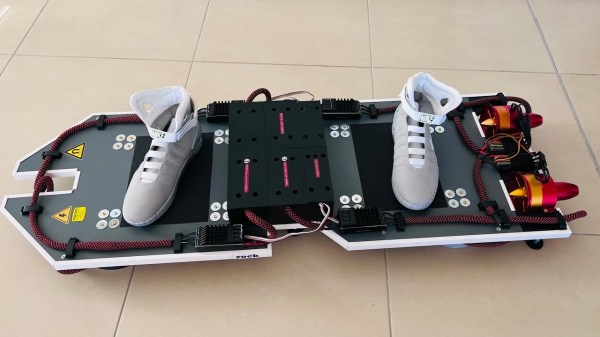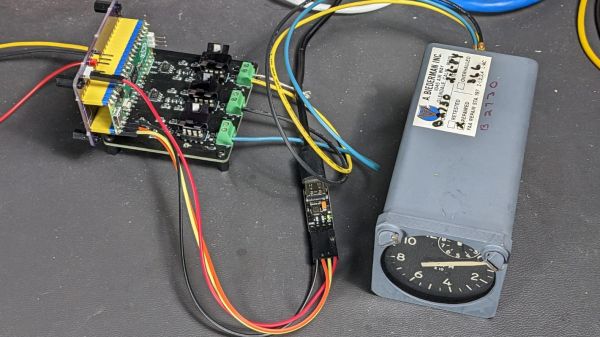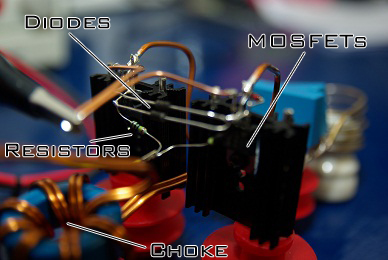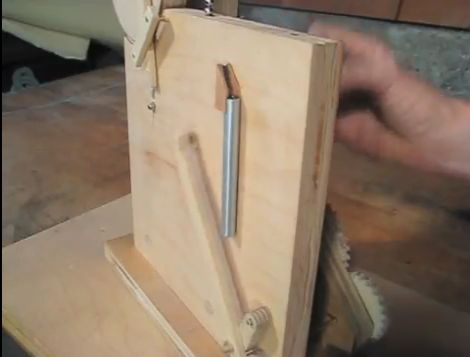The famous hoverboards of Back to the Future haven’t quite gotten here yet, but that hasn’t stopped anyone with a unique personal vehicle from using the name any time they need some quick marketing. The self-balancing scooter trend of the mid-2010s was the best example of this in recent memory, but there are also water-propelled platforms that use the popular name as well as a myriad of other more skateboard-like devices that never got off the ground at all. This project from [Damien Dolata], on the other hand, might be the most authentic prototype we’ve seen compared against the fictional version presented in the movie.
The hoverboard uses a set of rotating magnets, referred to in this build as magneto-rotational repulsors, which spin up to an extremely high rotational speed underneath the board. When above a metal surface, the spinning magnets generate eddy currents in the metal beneath them which create the strong magnetic field needed to levitate the board. Unlike the Lexus hoverboard system which used supercooling magnets, this is a much more affordable way of producing magnetic fields but is a little bit more complicated due to the extra moving parts.
As this is still in the prototyping stages, it has only been able to lift around 30 kg and hasn’t been tested in motion yet, but there are two small turbines built into the hoverboard to generate thrust whenever [Damien] gets to that point. It would require a larger metal surface to move across as well, which might be the main reason why it hasn’t been tested this way yet. For any native French speakers taking a look at this project, be sure to fill in any of our gaps in the comments below, and for other ways that eddy currents have been used in transportation take a look at this bicycle that uses them in its drivetrain.


















